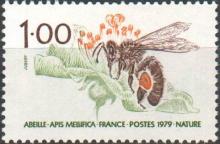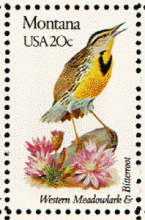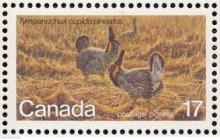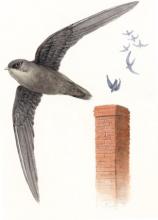Pesticide regulation is at a Crossroads - Regulators must accept suggestive data when uncertainties are not resolved
In 1999, French policymakers decided to limit the use of Gaucho (imidacloprid) in the face of uncertainty surrounding the risk to honeybee health. They drew on a preponderance of indirect evidence from observations in actual crop settings by French beekeepers and followup studies by researchers affiliated with the government. Since then, ecotoxicological laboratory studies of the influence of the newer systemic insecticides on honeybees have identified adverse effects: chronic feeding of neonicotinyl insecticides to honeybees at sublethal doses comparable to levels found in pollen and nectar of treated field crops had deleterious effects on learning, memory, behavior, and longevity. Lab studies also suggest that synergistic interactions between the newer systemic insecticides and other environmental toxins and pathogens could enhance the toxicity to honey bees. U.S. EPA officials recognize that these data on the ecological effects of the newer systemic toxins is a cause for some concern but maintain that it is too inconsistent to restrict the use of these toxins. Attached is an article on the influence of Bayer Cropscience on Dutch policy makers (which appeared in the magazine "Vrij Nederland" on April 4, 2012).








